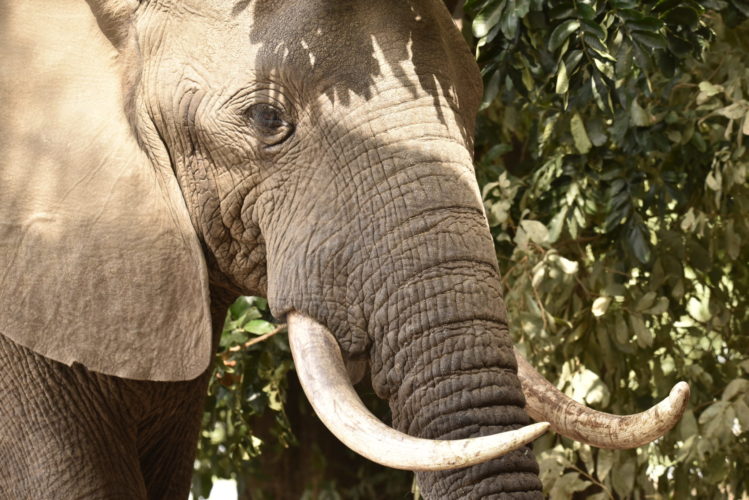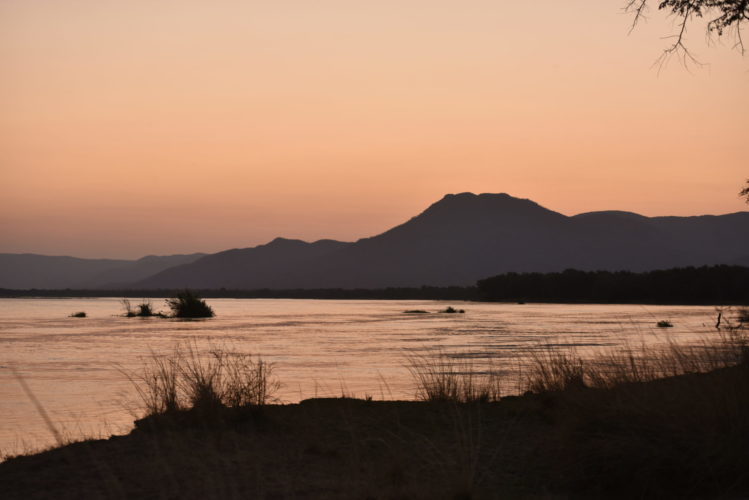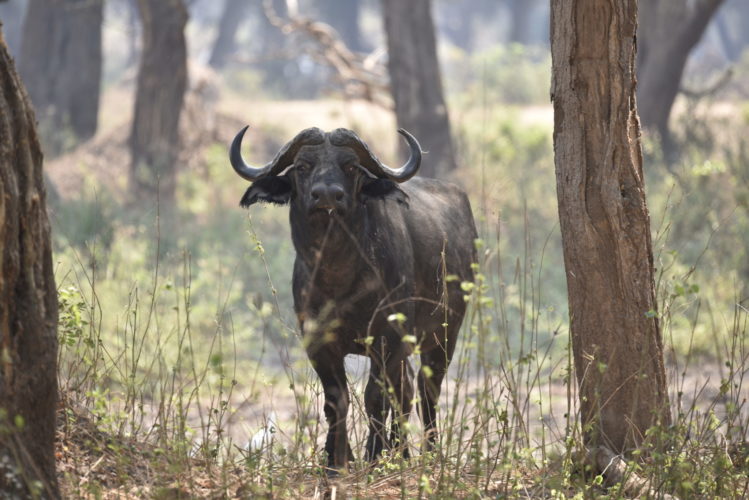Our Guide to
Kafue National Park
Think big, iconic beauty
Kafue is one of the oldest National parks in Zambia, and trust us you should think big. This place is 22,400 square kilometres of superb wilderness with massive herds of game, including Africa’s most recognised like buffalo and elephant. Predators are here too in decent numbers, particularly lion and leopard.
Despite its size and close proximity to Livingstone (2 – 3 hour drive), the park still remains largely undiscovered, with a vast amount of land untouched and wild. Rolling granite hills open up onto picturesque valleys, making for an impressive landscape and diversity in natural habitats.
Walking and game driving are on offer here and it is a bird lover’s paradise with over 400 species recorded. There are more and more accommodation options opening up so you can choose from tented camps to exclusive lodges.
The park is easily accessible from both Lusaka and Livingstone which means you can fly in and land in a wilderness paradise within a matter of hours.
The National park has seen a surge in tourism over the last couple of years. Yet this has not taken away the rawness that makes it so intriguing.
Ecofriendly camps are hugely popular within the region, but you can still head out on a game drive and not see a single other vehicle whilst on the look out for game.
Wildlife safaris here are truly exceptional with impressive herds of plains game and predators.
With conservation efforts taking a strong hold to ensure the protection and longevity of the various species, you are certain to see some impressive game sightings.
Are you Kafue safari ready?
Let’s Chat
Top five in Kafue
- Hot air ballooning safaris in Kafue are certainly a highlight. Early morning light, wildlife waking and aerial perspective of this enormous wilderness area.
- Walking safaris in Kafue are a must as you immerse in the bush and learn a great deal about the flora and fauna. Guides are knowledgeable and passionate about the region and its residents.
- Birding safaris in Kafue are a huge hit as the diversity of species here is particularly impressive.
- Sleep under canvas in Kafue with the sounds of the wild lulling you to sleep each night.
- Canoe and boating safaris in Kafue get you close to marauding crocodiles and massive pods of hippo. You can attempt to land a bream here too if fishing safaris interest you.
Accommodation In Kafue
There are some fantastic properties in Kafue. From affordable Fig Tree Bush Camp and Mukambi to the higher end Busanga Bush Camp and Shumba Camp (pictured courtesy of Wilderness Safaris).
Given the size of the national park, there are ‘sectors’ and in the remote southern sector you’ll find an intimate experience in Nanzhila Plains Safari Camp.
Busanga Plains sector teems with wildlife and then there is the Namwala Game Management area and KiangU Safari Lodge. This is unspoilt territory and you access the park from the lodge by a 10 minute boat ride. This is a true tented camp in the bush.
Owner run Kasabushi Camp sits in the wild zone of Central Kafue National Park and with stunning views of the river and palm covered islands, you’ll laze time away here easily. Another lodge on Kafue river is Ila Safari Lodge, built in 2016. It’s a fantastic eco lodge with great wildlife in the area.
Best time to visit Kafue
Dry season generally runs from June to October, and this will pose as a great time to visit if extensive game viewing is what you are after. The animals come out to drink and are easily spotted amongst the dry shrub. But don’t let this put you off the wet season, the wilderness becomes lush and green, transforming the park into a beautiful oasis. However it is important to note that a vast majority of camps close during the wetter months. Land and water safaris abound.
Let’s Chat




